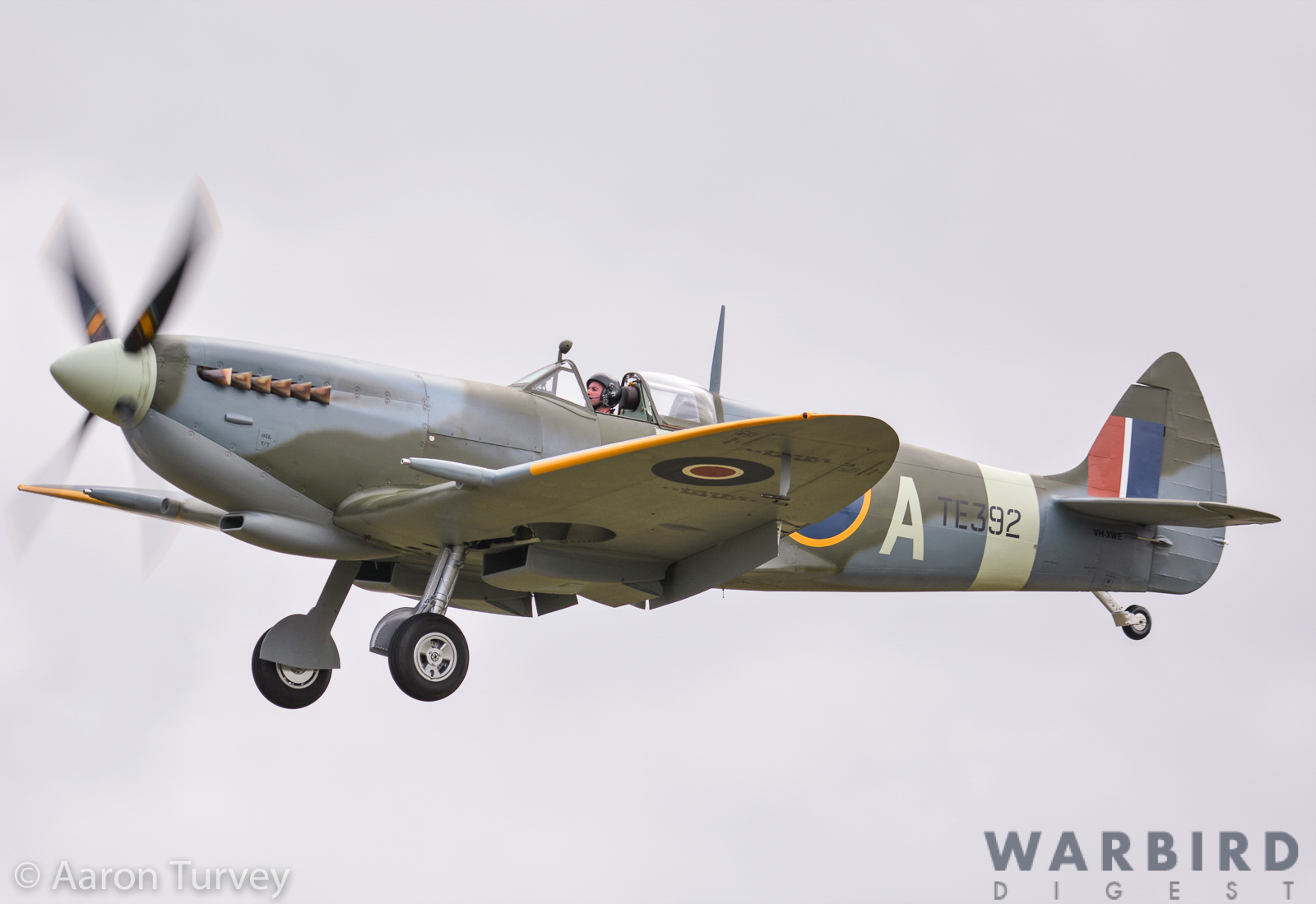We're coming up to the huge assaults of OTL's 15th of September which was the climax of the battle and the Germans are doing their massed wave assaults already with heavy casualties but heavy losses amongst the defenders too. But both sides are pretty much punch drunk, the Germans are loosing more aircraft and suffering higher casualties. Espeically with the 20mm cannons on RAF fighters being far more prevailent, as well as a far better night fighter system.
Excellent stuff as always, tons of detail without being a boring read, and I can't wait to see the MB-4 ,although I doubt the Germans will be so happy. How's its performance compare to aircraft at the time? I assume its basically going to be an earlier kind of Typhoon (but without the Tiffy being better at a low altitude/ground attack aircraft, the MB-NAME TBD is a high altitude interceptor.) And would suppliment and replace the Hurricane as the Typhoon was meant to do OTL but due to all its issues it never really did.
Excellent stuff as always, tons of detail without being a boring read, and I can't wait to see the MB-4 ,although I doubt the Germans will be so happy. How's its performance compare to aircraft at the time? I assume its basically going to be an earlier kind of Typhoon (but without the Tiffy being better at a low altitude/ground attack aircraft, the MB-NAME TBD is a high altitude interceptor.) And would suppliment and replace the Hurricane as the Typhoon was meant to do OTL but due to all its issues it never really did.
